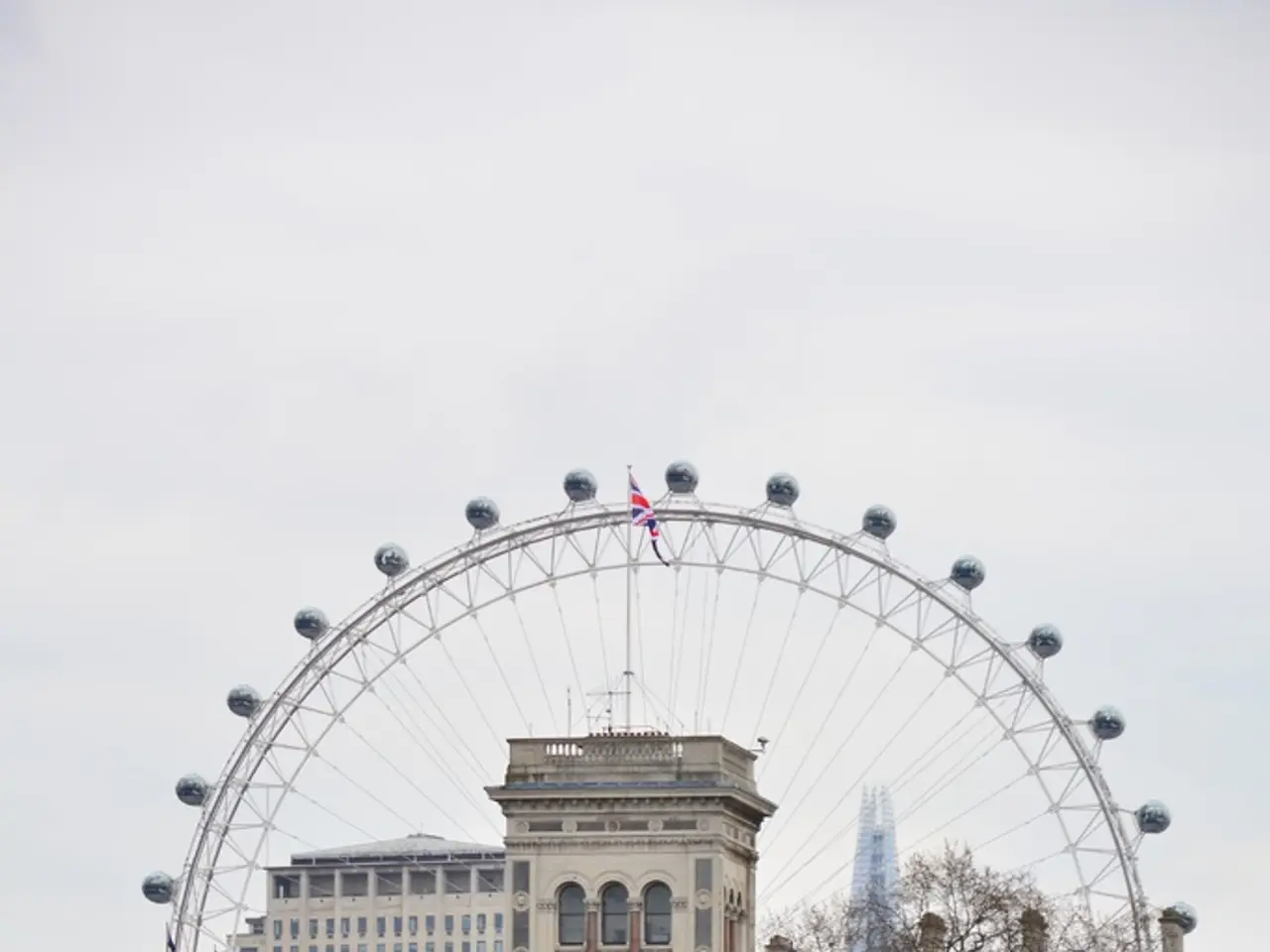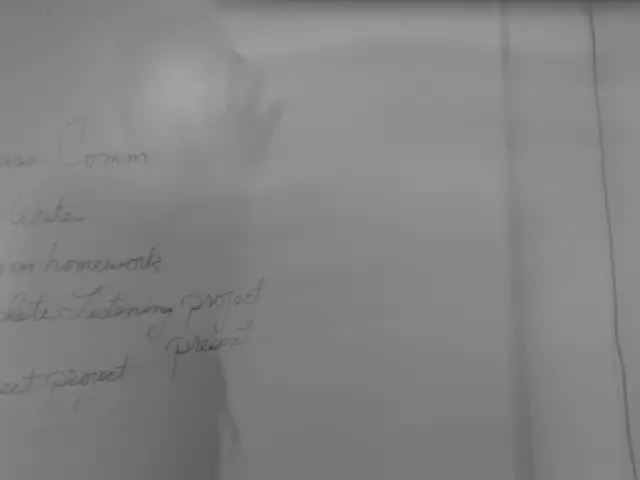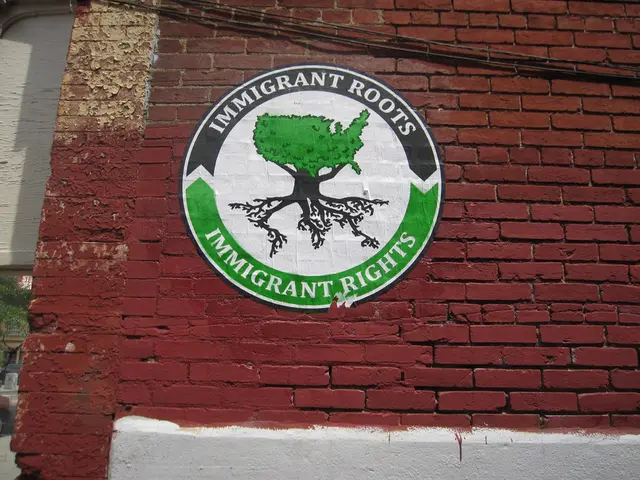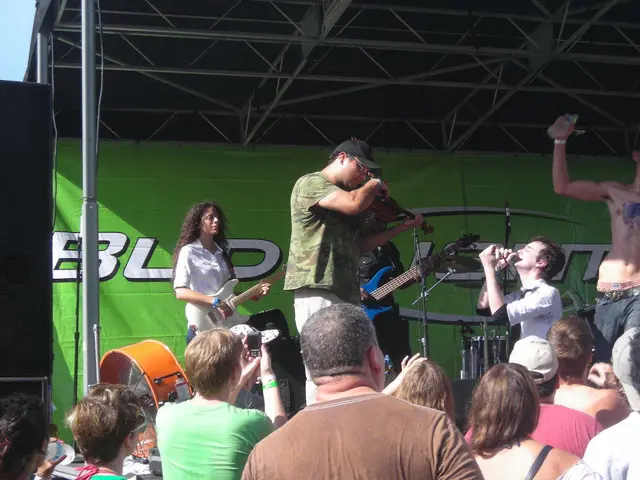Court in London sets limits on a Banksy mural criticizing the suppression of pro-Palestinian demonstrations
In a move that has sparked outrage among activists and art enthusiasts alike, a new artwork by the elusive street artist Banksy was covered up at the Royal Courts of Justice in London earlier this month. The mural, which appeared on the building's façade on Monday morning, was swiftly concealed by court security personnel with opaque temporary panels.
The artwork, in Banksy's signature style, depicts a British judge violently striking a prostrate protester. This political charge is directly criticizing the British judicial apparatus's treatment of activists calling for an end to violence in Gaza. Banksy confirmed the artwork's authenticity on his official Instagram account.
Defend Our Juries, a British activist group, views the covering of the mural as an attempt to suppress civil liberties. The friction between British civil society and state institutions, which the artwork was created amidst, stems from the Gaza conflict and the growing number of pro-Palestine protests across the UK over the past two years.
The court spokesperson stated that any graffiti must be removed to protect the building's character. However, this decision has resulted in over 900 arrests, according to data published by The Guardian, and has been met with criticism from representatives of British critical culture, such as Paul Laverty. Laverty has recently denounced the erosion of the right to protest in the name of a fictional state neutrality.
The mural's location on a building with Grade I protection, a property of exceptional historical importance, adds to the controversy. Banksy's artwork in the UK places the Palestinian-Israeli conflict at the center of his work, unlike his previous interventions that were directly linked to the territory. The speed with which the mural was covered questions the criteria used to decide what art is preserved and what is eliminated.
The government has implemented several measures to restrict the right to protest, citing public safety, institutional neutrality, and hate speech prevention. The most controversial of these measures was the inclusion of the 'Palestine Action' collective on the list of extremist organizations.
Banksy's artwork in London challenges the UK from within, in its role as either guardian or censor of freedom of expression. The image, which is now hidden from public view, continues to spark conversation and debate about the limits of democracy in contemporary Britain.
Read also:
- Tobacco industry's suggested changes on a legislative modification are disregarded by health journalists
- Uncovering Political Ad Transparency: A Guide to Investigating opponent's Political Advertisements in the Digital Realm
- Elon Musk praises JD Vance's debate performance against Tim Walz
- Right-wing Israeli minister supports controversial plan for West Bank settlement expansion








